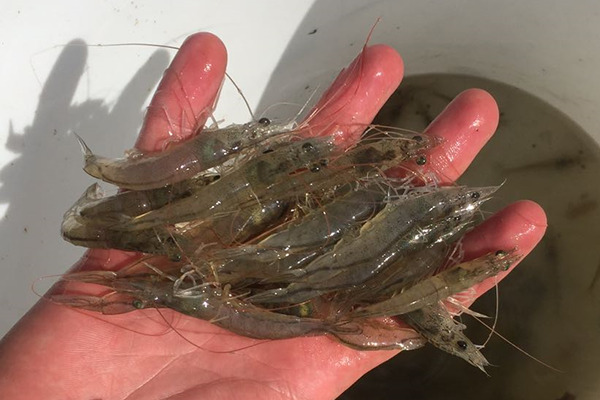
Health & Welfare
Effects of single-cell protein sources on Pacific white shrimp growth, health
Two dietary single-cell protein sources promoted growth, immunity and digestion and improved intestinal microbiota stability in L. vannamei shrimp.
Aquafeeds
Protein levels affect growth performance, yield and composition parameters, supporting the use of fishmeal-free soybean- and corn-based diets.

Health & Welfare
Two dietary single-cell protein sources promoted growth, immunity and digestion and improved intestinal microbiota stability in L. vannamei shrimp.
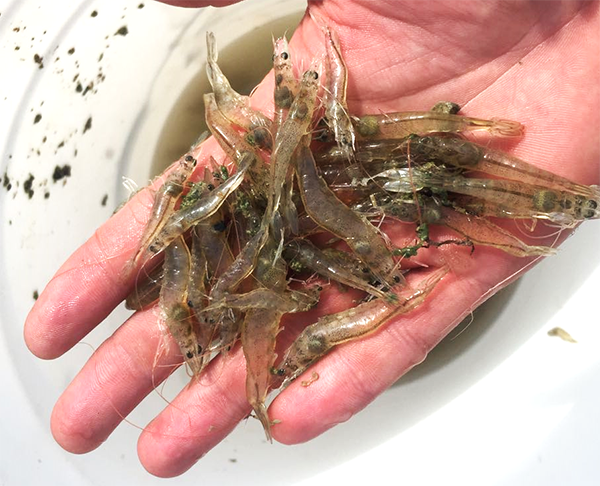
Aquafeeds
In a digestibility trial, novel protein sources like single-cell proteins showed the greatest potential for Pacific white shrimp diets.
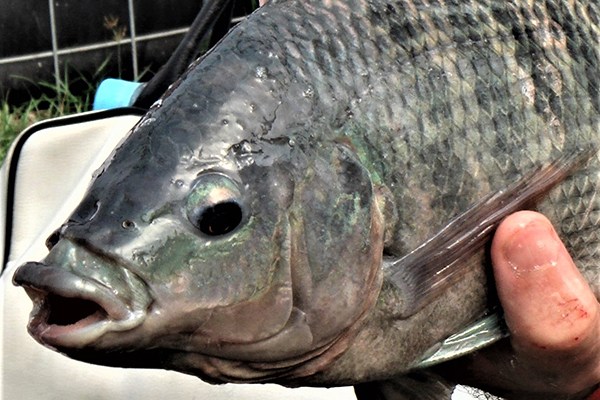
Aquafeeds
An analysis of the effects of protein and energy intake shows no physiological basis for an optimal P:E ratio for tilapia.
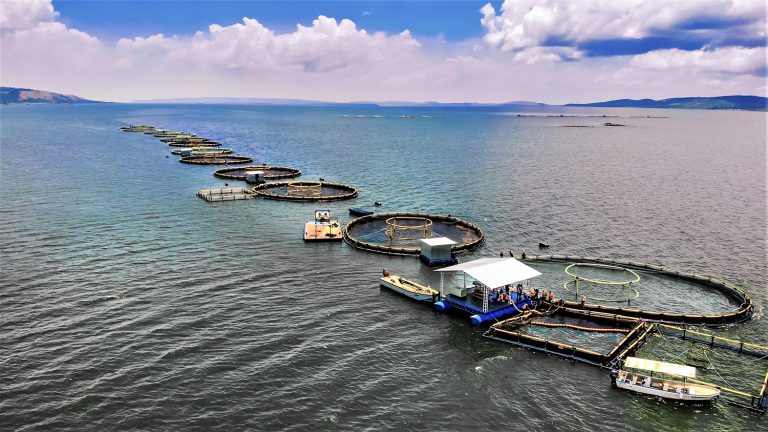
Fisheries
Prof. Boyd and co-authors discuss and contrast the production of protein by fisheries and aquaculture, and various terrestrial-based animal protein sources.
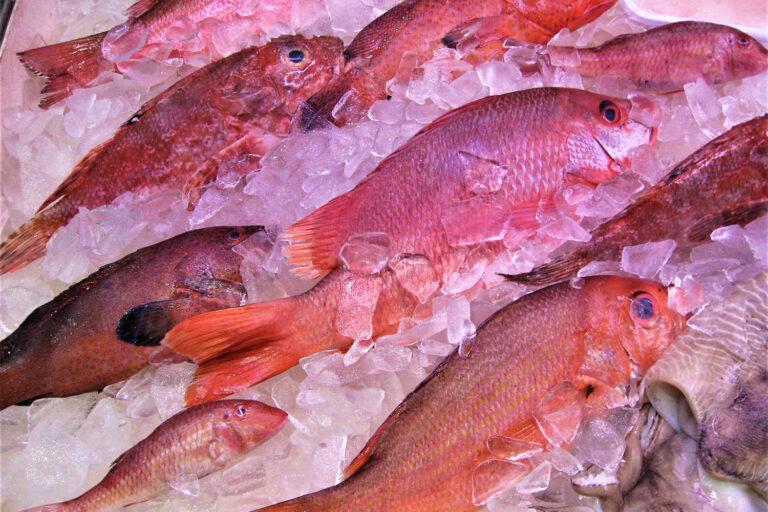
Responsibility
Prof. Boyd estimates the edible protein from various sources using data on yield of crude protein in edible meat of aquatic and terrestrial animals.
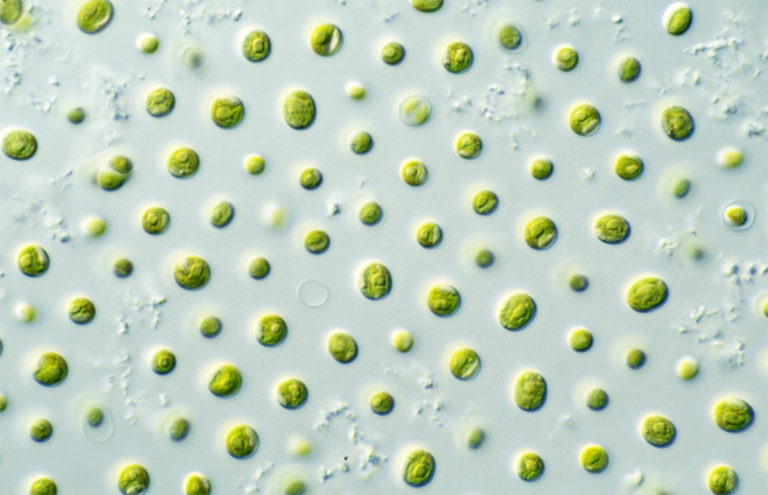
Aquafeeds
This study examined changes in the biochemical composition of the microalga Nannochloropsis sp. cultivated as a potential feedstock for aquafeeds, and presents results on its productivity, protein content and lipid composition.
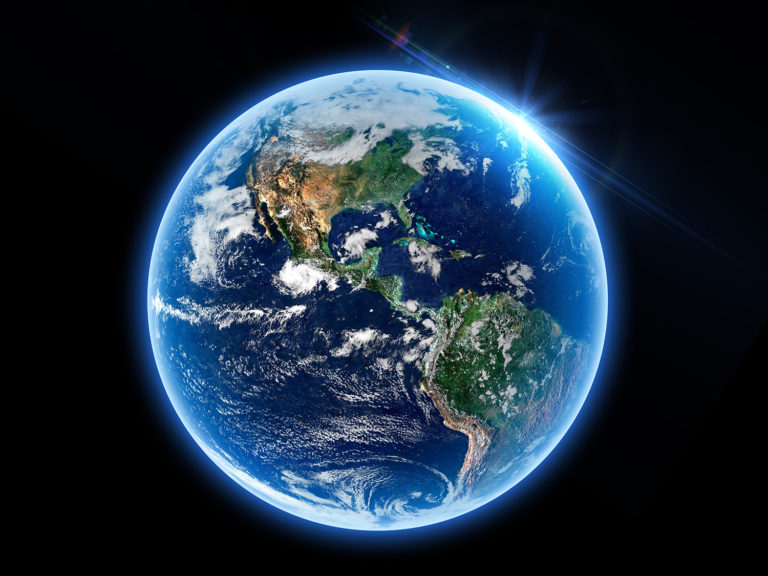
Responsibility
Science tells us that domesticated livestock and fowl cannot begin to address our world’s near-term protein needs, and that farming fish is our best option. Getting more public support is critical to the success of aquaculture and our planet.
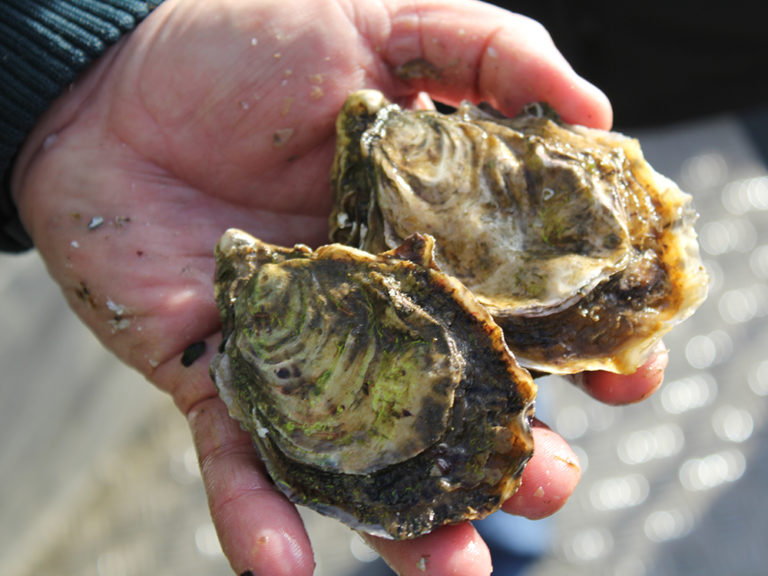
Intelligence
Oysters provide important, natural filtration of water and are an important component of many healthy coastal ecosystems because their active filtering can help improve and maintain water quality. For many coastal communities, oysters are an important food resource and excellent sources of protein and amino acids, zinc, selenium, iron and B-vitamins.
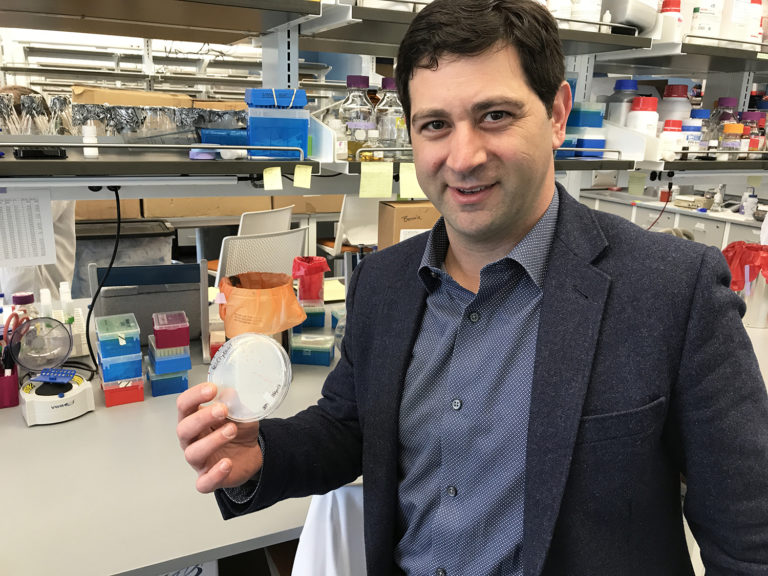
Aquafeeds
KnipBio, a Massachusetts-based biotechnology startup founded in 2013, is refining the manufacturing process for a promising aquaculture feed ingredient that may one day form the foundation of the food that farmed fish eat.
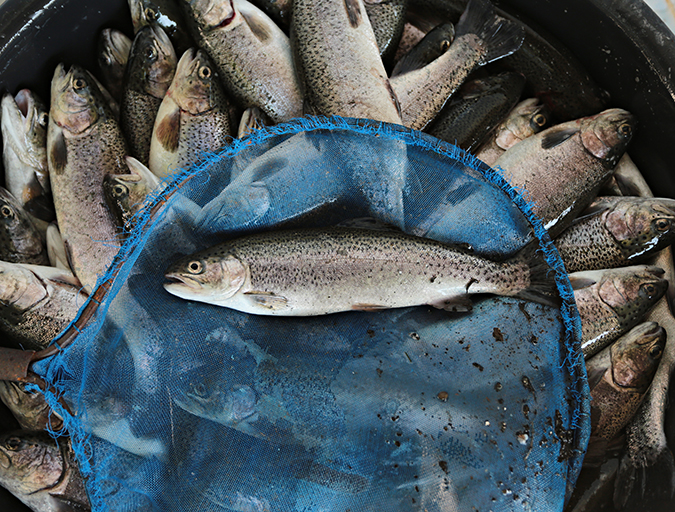
Intelligence
Dado que la producción de proteínas terrestres está confinada por la tierra limitada y disponible, la acuacultura es la solución lógica a nuestras necesidades nutricionales. Podemos tomar esto seriamente o podemos dejar que nuestros nietos crezcan en un mundo preocupantemente similar al de sus antepasados.

Intelligence
As terrestrial protein production is confined by limited available and suitable land, aquaculture is the logical solution to our nutritional needs. We can get serious about it or we can let our grandchildren grow up in a world eerily similar to that of their ancestors.
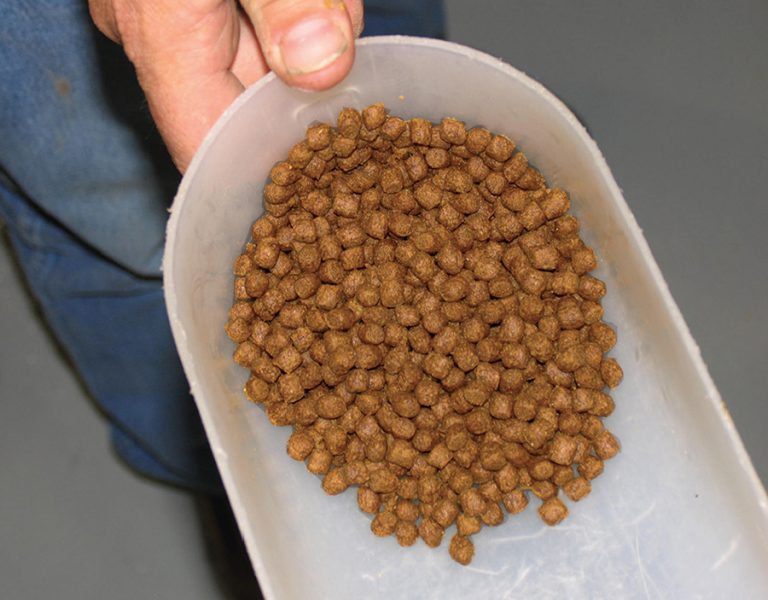
Aquafeeds
Poor-quality ingredients can’t become good-quality ingredients. Quality protein is essential for the healthy growth of any omnivorous or carnivorous aquaculture species. Insect meals seem to fill this need, and their mass-scale production appears to be sustainable.
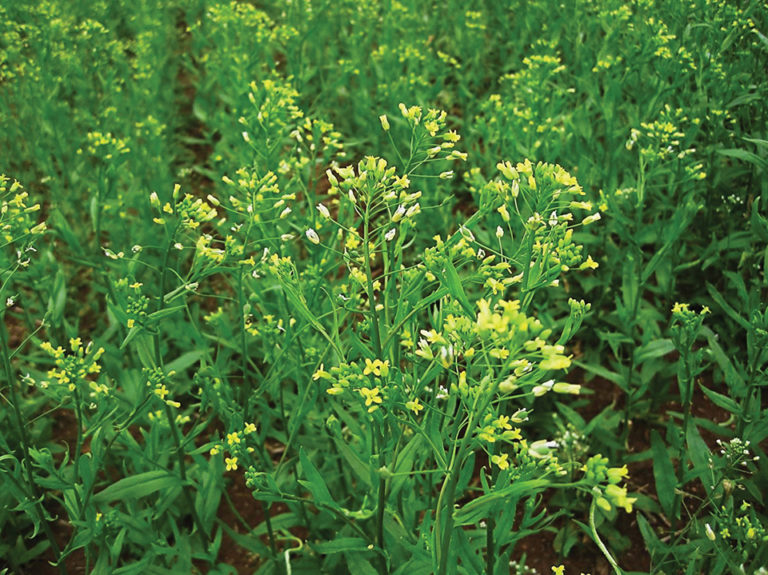
Aquafeeds
Since camelina and flaxseed oils contain more omega-3 polyunsaturated fatty acids (PUFAs) than most plant oils, the authors investigated them as replacements for fish oil in diets for cod, salmon and trout.
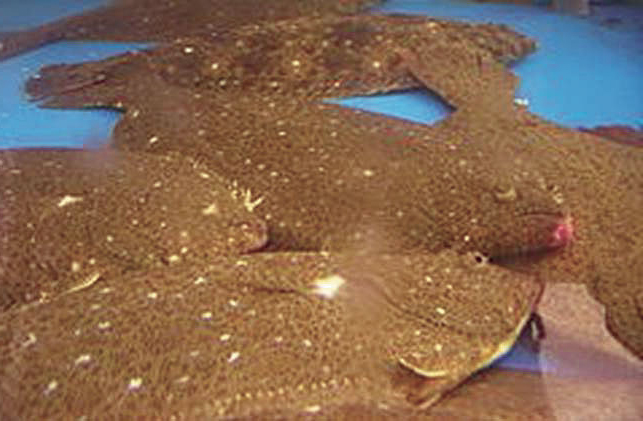
Health & Welfare
The authors conducted research to determine the optimum dietary protein levels and protein:energy ratios for different age groups of olive flounders.

Aquafeeds
Chlorella and other species have potential as protein sources in aquafeeds. In trials with tilapia fry raised in a recirculating system, the fish received a fishmeal-based control diet or feeds with portions of the fishmeal replaced by Chlorella.